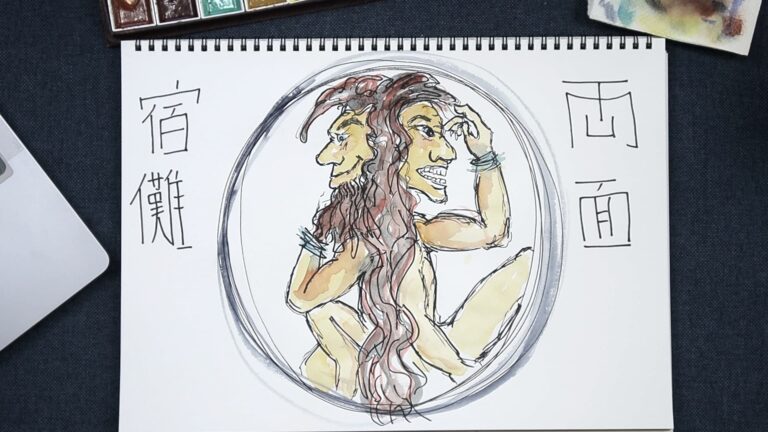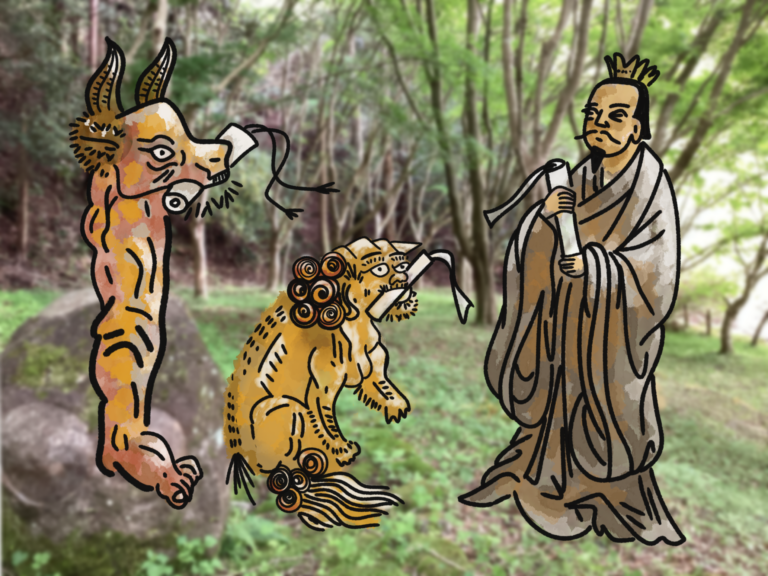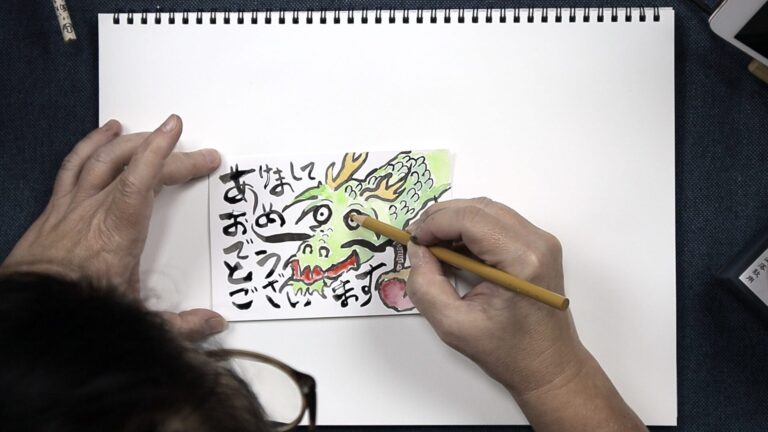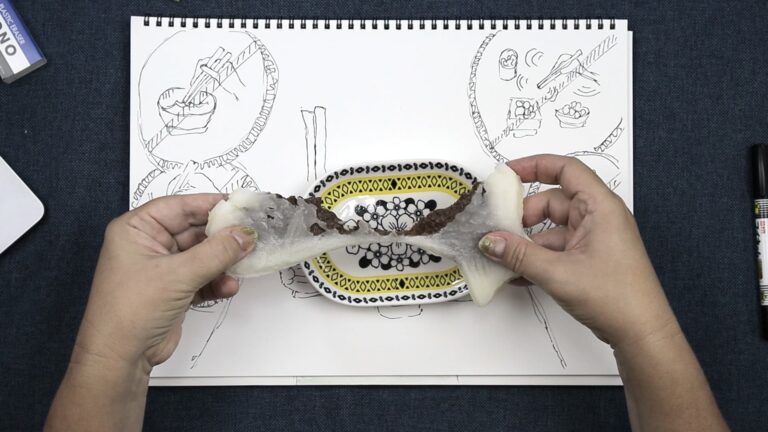Hey hey, this is Thersa Matsuura and you’re listening to Uncanny Japan.
Have you ever heard of a game called Kitsune no Koban or the Fox’s coins?
Let’s talk about that today.
Intro
Hi there, I hope everyone is well. I’m hanging in there. Things are afoot. And I mean that in a good way. Busy though. I can honestly say I’ve never been this writerly busy, ever. I’m pretty much researching, taking notes, writing, and rewriting, from the time I wake until I go to bed, all week long. If I wake up at three am, I edit on my phone. There are walks and doing laundry thrown in there, so don’t worry. Until I can tell you the exciting news, I’m going to have to remain mysterious though. Also, for the next couple episodes I’m going to do whatever I can manage so I don’t lose my mind.
So let’s return to days of yore, when the episodes were a little shorter.
Fox’s Money, What is a Koban?
Fox money. What is it? What does it do?
Fox money is called Kitsune no Koban in Japanese. A koban, by the way, is an oval gold coin used in Edo Era Japan. You’ve probably seen one, many times.
Meowth, from Pokemon has one right in the middle of its forehead. If you’ve ever seen a statue or image of a maneki neko, beckoning cat, it’s holding one, too.
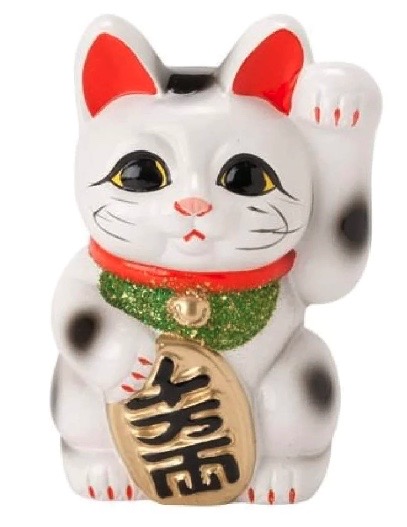
Speaking of cats. Why cats in both the above instances? Well, there’s an old saying. “Neko ni koban”. “Like giving a cat a gold coin”. Which is something like “casting pearls before swine”. Although, “buta ni shinju” is literally “casting pearls before swine”.
So next time you give something really nice to someone and they totally don’t appreciate it, you can softly mumble to yourself, that that was “neko ni koban”. What use do cats have for money, anyway?
Speaking of money.
The Wax Tree (Haze no Ki)
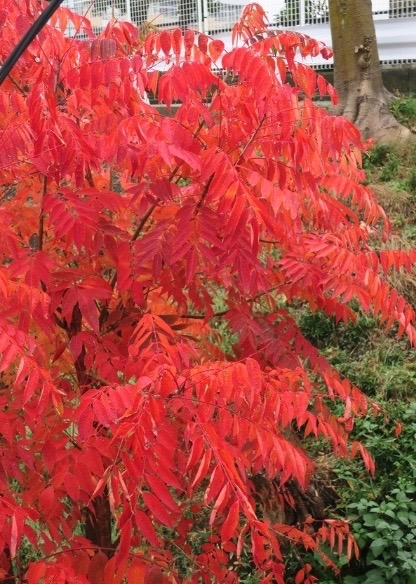
Back to fox money. So kitsune no koban was an old children’s game and it all starts with a very special tree in Japan called a haze no ki, which is translated as Japanese wax tree. It might be related to a sumac, images if it looks a little different.
This haze tree is kind of incredible. It turns brilliant red in the fall, making it thoroughly enjoyable during koyo season, that autumn foliage viewing. Like cherry blossom viewing but in the fall.
Also, the flowers are sweet and attract bees and make delicious honey. The wood of the tree can be used for dying and making bows for your arrows.
But today let’s talk about the seeds. After those breathtaking autumn colors, come the bunches of seeds.
Seeds from the Tree = Money!
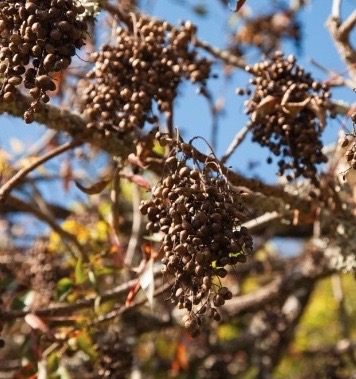
The seeds are very hard with a waxy outer part and delicious to birds, it seems. Because birds eat them up and fly away. They digest that first waxy layer of seed, and eventually, um, deposit the inside part of the seed elsewhere. Whenever and wherever they feel the urge. Now there they can sprout or …
You have to imagine little children in old Japan out playing and coming across a nice scattered handful of these seeds – that have been all cleaned up by a good rainfall – not freshly evacuated. Without that hard waxy shell, they’re tiny, light brown, almost a golden colored and oval shaped. They look just like miniature koban coins.
Children being the magical thinkers that they are, immediately think: We just found fox money! Depending on the area in Japan they were also called Karasu no Koban (Crow’s money) or Neko no koban (Cat’s money) or Nezumi no koban (mouse’s money)
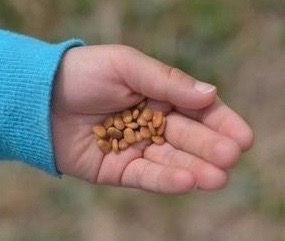
And the game is simple if you can collect one hundred fox coins, you get a wish.
Other Uses for the Waxy Seeds
Remember I told you the seeds had a hard waxy outer layer? Well, that was the valuable part for adults. They’d have to harvest the seeds before the birds came in, mind you, but it was melted off and used to make all kinds of good stuff like shaving oil, the waxy stuff sumo wrestlers put in their hair, and Japanese candles.
Let’s talk traditional Japanese candles for a moment. They’re called Wa Rosoku. Wa refers to Japan and rosoku means candle. The shape is interesting, too. It’s called ikari-gata. Or shaped like an anchor. This probably isn’t the anchor you’re thinking of, they are long, but wider at the top, thin in the middle and a little bit flared at the bottom.
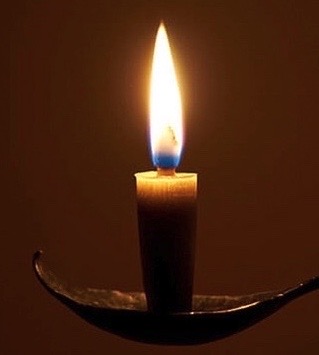
They have a very distinctive earthy scent and have a larger and brighter flame due to the wick being quite thick and made of rolled washi paper. They also don’t have any soot or dripping. This no soot is important because they were traditionally used in Buddhist temples where there is a lot of gold and gold leaf on the altars, so the warosoku wouldn’t damage or discolor that.
These days finding a 100% haze no ki candle will set you back a pretty penny. Or koban, ha. Seriously though. We’re talking hundreds of dollars for a small set. It’s cheaper and easier to use soy wax or rice bran wax. The shape is the same though and you can get incredibly beautiful candles with designs painted on them.
Okay, I need to get back to reading and writing. Have a wonderful day. Thank you for listening. Thank you patrons for your help with this secret project. I’m going to message everyone who helped to make I have your name right so I can give proper thanks later in a different way. Ooo mysterious.
I’ll talk to you all again in two weeks.

